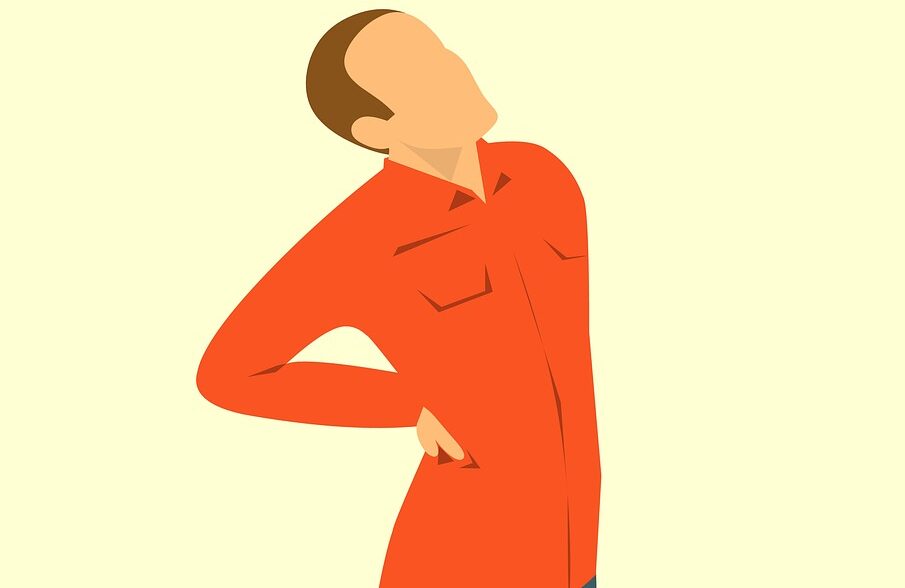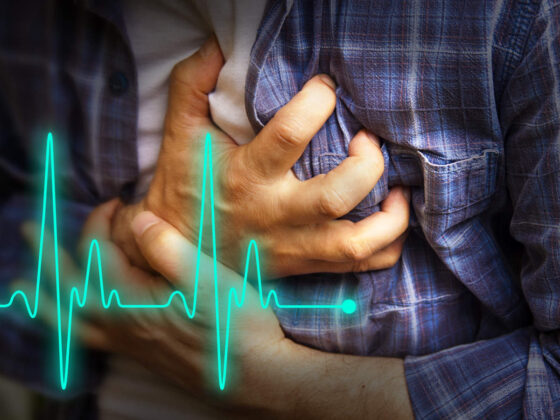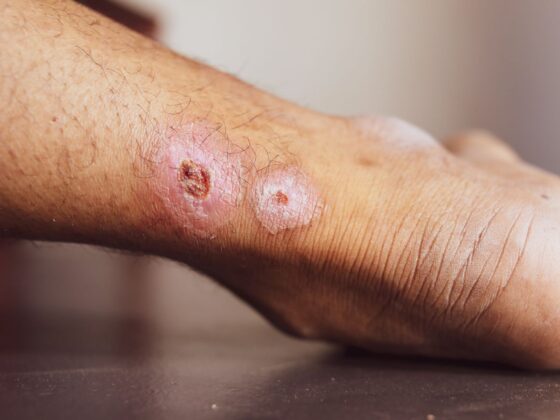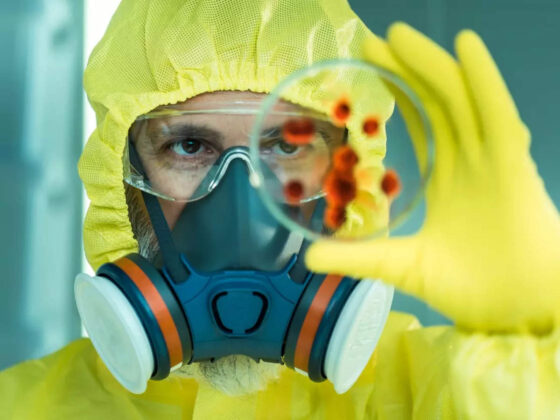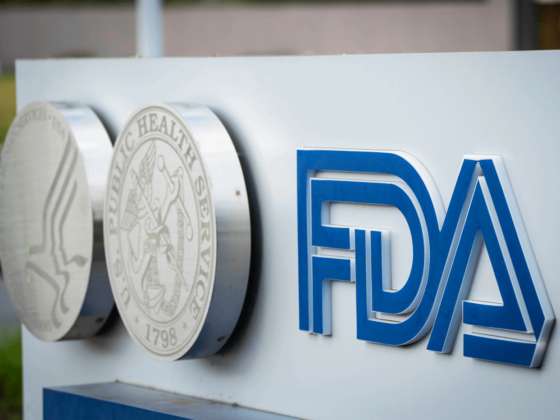Fifteen-year-old Braden Wilson was frightened of Covid-19. He was careful to wear masks and only left his house, in Simi Valley, California, for things like orthodontist checkups and visits with his grandparents nearby.
But somehow, the virus found Braden. It wreaked ruthless damage in the form of an inflammatory syndrome that, for unknown reasons, strikes some young people, usually several weeks after infection by the coronavirus.
Doctors at Children’s Hospital Los Angeles put the teenager on a ventilator and a heart-lung bypass machine. But they could not stop his major organs from failing. On Jan. 5, “they officially said he was brain-dead,” his mother, Amanda Wilson, recounted, sobbing. “My boy was gone.”
Doctors across the country have been seeing a striking increase in the number of young people with the condition Braden had, which is called Multisystem Inflammatory Syndrome in Children or MIS-C. Even more worrisome, they say, is that more patients are now very sick than during the first wave of cases, which alarmed doctors and parents around the world last spring.
“We’re now getting more of these MIS-C kids, but this time, it just seems that a higher percentage of them are really critically ill,” said Dr. Roberta DeBiasi, chief of infectious diseases at Children’s National Hospital in Washington, D.C. During the hospital’s first wave, about half the patients needed treatment in the intensive care unit, she said, but now 80-90% do.
The reasons are unclear. The surge follows the overall spike of Covid cases in the United States after the winter holiday season, and more cases may simply increase the chances for severe disease to emerge. So far, there’s no evidence that recent coronavirus variants are responsible, and experts say it is too early to speculate about any effect of variants on the syndrome.
The condition remains rare. The latest numbers from the Centers for Disease Control and Prevention show 2,060 cases in 48 states, Puerto Rico and the District of Columbia, including 30 deaths. The median age was 9, but infants to 20-year-olds have been afflicted. The data, which is complete only through mid-December, shows the rate of cases has been increasing since mid-October.
While most young people, even those who became seriously ill, have survived and gone home in relatively healthy condition, doctors are uncertain whether any will experience lingering heart issues or other problems.
“We really don’t know what will happen in the long term,” said Dr. Jean Ballweg, medical director of pediatric heart transplant and advanced heart failure at Children’s Hospital & Medical Center in Omaha, Nebraska, where from April through October, the hospital treated about two cases a month, about 30% of them in the ICU. That rose to 10 cases in December and 12 in January, with 60% needing ICU care — most requiring ventilators. “Clearly, they seem to be more sick,” she said.
Symptoms of the syndrome can include fever, rash, red eyes, or gastrointestinal problems. Those can progress to heart dysfunction, including cardiogenic shock, in which the heart cannot squeeze enough to pump blood sufficiently. Some patients develop cardiomyopathy, which stiffens the heart muscle, or abnormal rhythm. Ballweg said one 15-year-old at her hospital needed a procedure that functioned as a temporary pacemaker.
Hospitals say most patients test positive for Covid antibodies that indicate the previous infection, but some patients also test positive for active infection. Many children were previously healthy and had few or no symptoms from their initial Covid infection.
Doctors are uncertain which factors predispose children to the syndrome. Dr. Jane Newburger, associate chief for academic affairs in Boston Children’s Hospital’s cardiology department, who is a leader of a nationwide study, said patients with obesity and some older children seem to fare worse.


